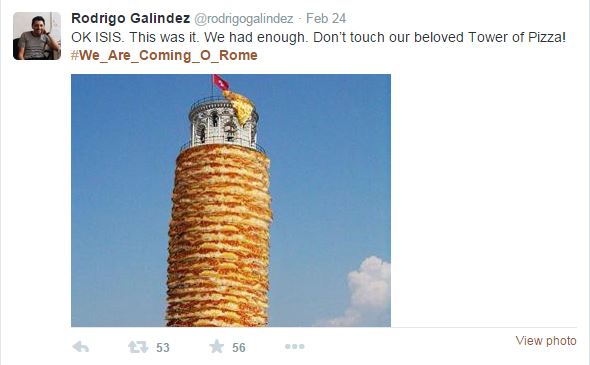


The building ceased to be used for entertainment in the early medieval age. The Colosseum could hold an estimated 50,000 to 80,000 spectators at various points of its history over the centuries, having a typical audience of some 65,000 it was used for gladiatorial contests and public spectacles such as mock sea battles (for only a short time as the hypogeum was soon filled in with mechanisms to support the other activities), animal hunts, executions, re-enactments of famous battles, and dramas based on mythology. These three emperors are known as the Flavian dynasty, and the amphitheatre was named in Latin because of its association with their family name (Flavius). Further modifications were made during the reign of Domitian (81-96). Construction started under the emperor Vespasian in AD 72 and was completed in AD 80 beneath his successor and heir, Titus. The Colosseum is just east of the Roman Forum. Constructed of travertine limestone, tuff (volcanic rock), and brick-faced concrete, it was the largest amphitheatre ever constructed at the time and held 50,000 to 80,000 spectators. The Colosseum ( KOL-?-SEE-?m), also known as the Flavian Amphitheatre (Latin: Amphitheatrum Flavium Italian: Anfiteatro Flavio or Colosseo ), is an oval amphitheatre in the middle of the city of Rome, Italy.


 0 kommentar(er)
0 kommentar(er)
